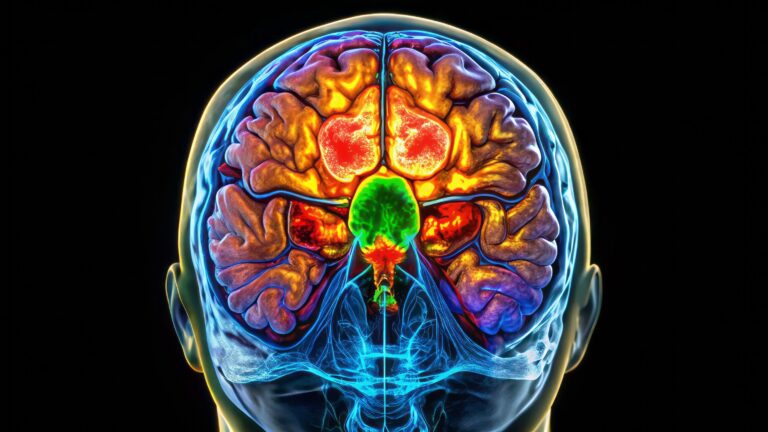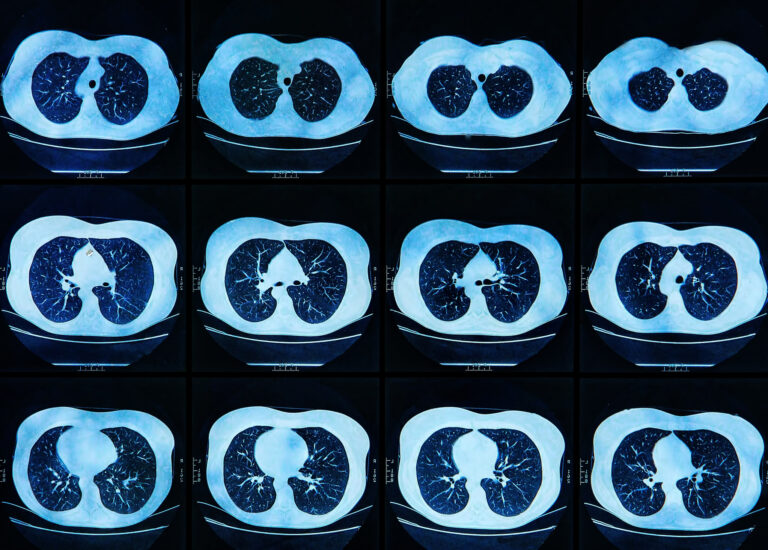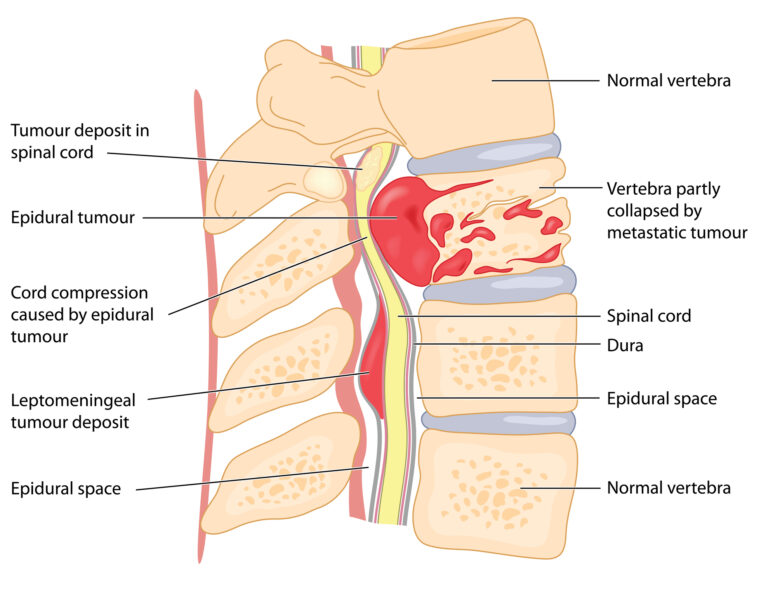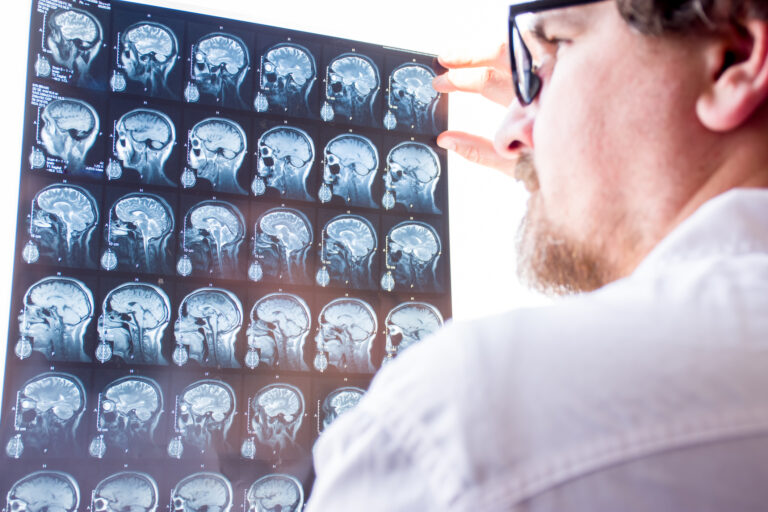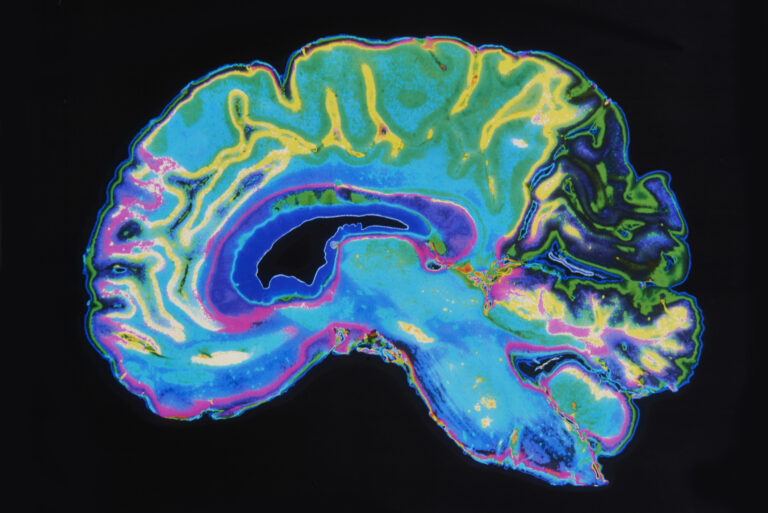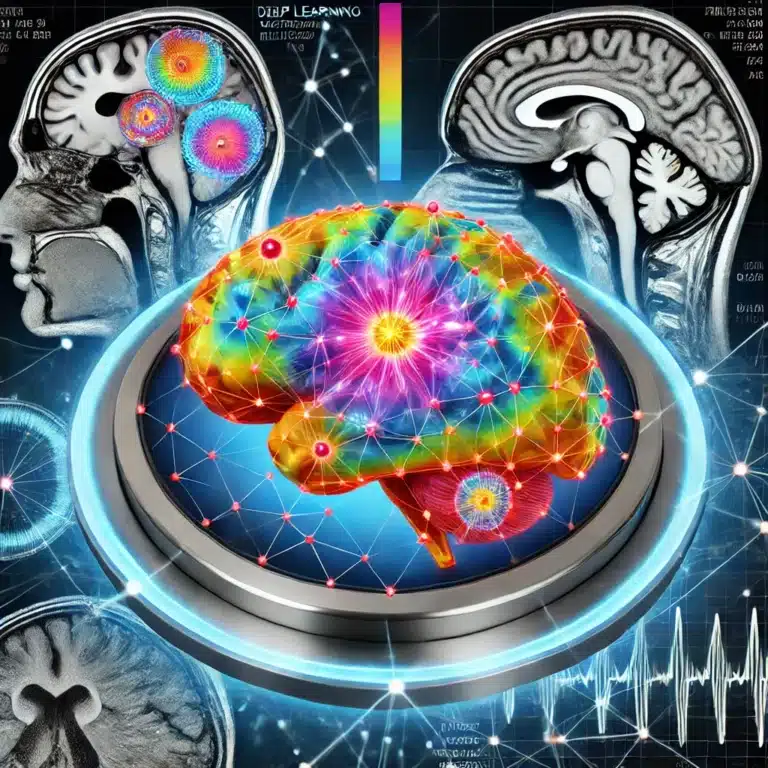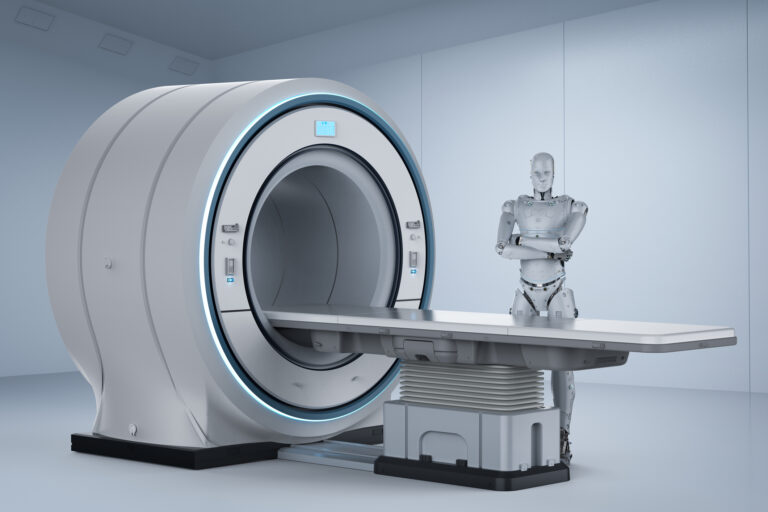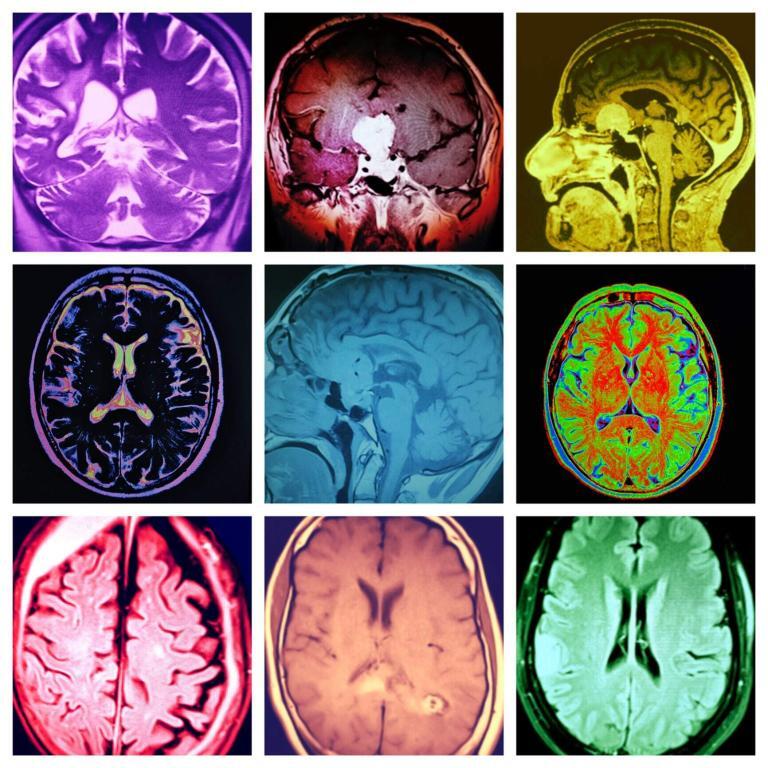T2 MRI
T2-weighted magnetic resonance imaging (MRI) is a pivotal tool in the field of medical imaging, providing vital insights into the body’s internal structures and aiding in the diagnosis and monitoring of various conditions. The “T2” in T2 MRI refers to the transverse relaxation time of hydrogen protons in water molecules within the body’s tissues. This type of imaging is particularly adept at highlighting differences in the water content of different tissues, making it exceptionally useful for detecting abnormalities such as oedema, inflammation, and certain types of tumours.
When conducting a T2-weighted MRI, the focus is on how long it takes for spinning protons in water molecules to lose phase coherence with one another after the application of a radiofrequency pulse. The rate at which this signal decay occurs, known as the T2 relaxation time, varies according to the tissue type and its characteristics. Tissues with high fluid content, such as cerebrospinal fluid or oedema, appear bright on T2 images because they have longer T2 relaxation times. Conversely, denser tissues like bone or fibrosis, which have shorter T2 relaxation times, appear darker.
This contrast makes T2 MRI particularly valuable in diagnosing brain disorders, spinal problems, and musculoskeletal conditions. For example, in the brain, T2 MRI can clearly delineate areas of demyelination in multiple sclerosis or highlight infarcts in stroke patients. In orthopaedics, it can reveal minute changes in the soft tissues around the joints, aiding in the diagnosis of ligament tears and other injuries.
Furthermore, T2-weighted imaging is often combined with other MRI modalities, such as T1-weighted imaging, to provide a more comprehensive view of the body’s tissues. This multimodal approach enhances diagnostic accuracy and helps better assess the extent of diseases.
In clinical practice, T2 MRI is used extensively for diagnostic purposes and for monitoring disease progression and response to treatment. For instance, in oncology, changes in the T2 signal of a tumour can indicate how it is responding to therapy, thereby informing treatment decisions.
To conclude, T2-weighted MRI is a cornerstone of modern medical imaging. Its ability to effectively discriminate between tissues based on their water content and relaxation properties enables clinicians to diagnose, monitor, and sometimes predict the outcome of numerous health conditions. The continuing advancements in MRI technology promise even greater enhancements in image quality and diagnostic capabilities, cementing the role of T2 MRI in future medical practice.
You are here:
home » T2 MRI

